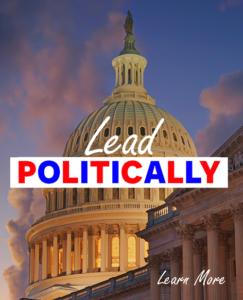Politics
Micronesia Politics
This page explores Micronesia’s political structure incorporating real-time RSS feed news and videos. By harnessing the power of RSS feeds, visitors can stay informed about the latest developments in Micronesia’s politics as they happen. The dynamic nature of these feeds ensures that users receive up-to-the-minute updates on political events, policy changes, and significant milestones, enabling them to stay abreast of the ever-evolving political scene.

David W. Panuelo
9th President of the Federated States of Micronesia
Incumbent
Assumed office
May 11, 2019
Image credit
Micronesia, officially known as the Federated States of Micronesia, operates as a federal republic, with a political structure that combines democratic governance and a federal system.
At the top of the political structure is the President of Micronesia, who serves as both the head of state and government. The President is elected by the Congress of the Federated States of Micronesia, which consists of four state delegations, for a four-year term. The President holds executive powers and oversees the administration of the country.
The legislative branch in Micronesia is represented by the Congress, which is a unicameral legislature. The Congress consists of 14 members, with each state delegation sending a specific number of representatives based on population. The Congress is responsible for enacting laws, approving the national budget, and providing oversight of the executive branch.
The judiciary in Micronesia is independent and ensures the interpretation and application of the law. The highest judicial authority is the Supreme Court, which handles constitutional matters and serves as the court of last resort. Other courts, such as the Trial Division and the Appellate Division, handle various legal cases and ensure access to justice.
Micronesia’s political structure also recognizes the autonomy of its four states: Yap, Chuuk, Pohnpei, and Kosrae. Each state has its own government and constitution, allowing for a degree of self-governance and decision-making within the federal framework.
Political parties in Micronesia play a role in the political landscape, although elections are typically nonpartisan. The focus is often on individual candidates and their positions rather than formal party affiliations. In conclusion, Micronesia’s political structure is characterized by a federal republic, with a separation of powers among the executive, legislative, and judicial branches. The President holds executive authority, while the Congress enacts laws and provides legislative oversight. The judiciary operates independently to uphold the rule of law. Micronesia’s political system aims to promote democratic governance, protect individual rights, and ensure effective governance at both the federal and state levels.
Unless other sources are listed, original content is provided by ChatGPT. ChatGPT may produce inaccurate information about people, places, or facts.



